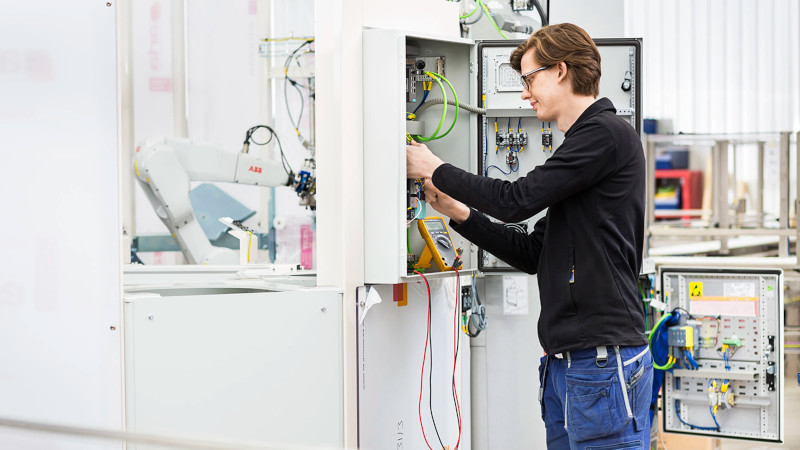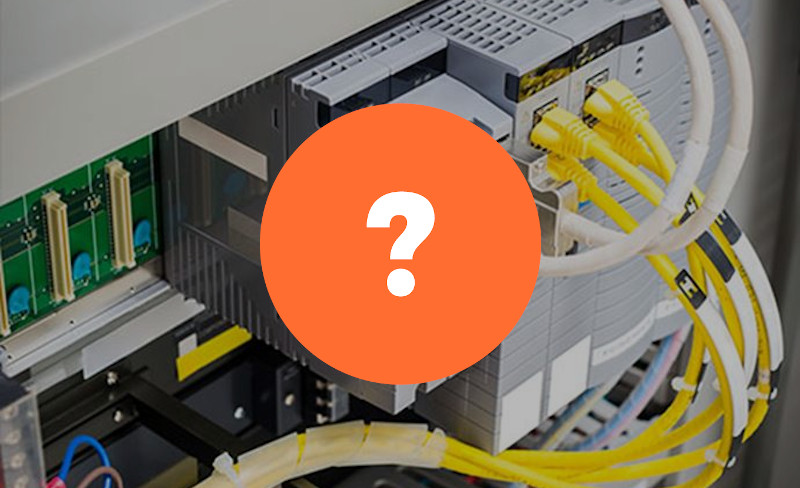At this point, all professionals dedicated to industrial automation have suffered to a greater or lesser extent the problems of lack of components due, among other factors, to the semiconductor crisis . Terribly long delivery times and on many occasions the feeling that the manufacturer itself is not capable of knowing when the equipment will be available.
There are certain brands that have suffered more problems than others, perhaps the most popular and common brands in the machines (we will not mention brands in this article) have suffered more than other brands that were not so present in the market.
The electrical departments have been fuming for many months, especially at the beginning of the crisis, when the terms of the suppliers increased excessively and there was no other option than to “look for life” to be able to dispose of the machines that were manufacturing. There was the case of having a machine 99% complete but some small element was missing, a header, an I/O module that made it impossible to deliver the machine to the customer.
What will happen in 2023? It seems that everything indicates that the situation should gradually improve. The first news arrives that the supply chain is improving and that some brands work extra shifts and even work weekends to deal with the high demand and accumulated delays.
But the reality is that the current situation does not seem to improve. More than a year has passed since infoPLC launched a survey to take the pulse of the situation and the truth is that delivery times continue to be very long, with some components reaching more than 12 months of delivery.
This crisis may be a turning point in the industrial automation market as we knew it. These are some of the consequences it is causing:
Opportunity for new emerging brands
Automation companies and machinery manufacturers tend to get used to working with their usual suppliers, leaving other suppliers to one side. When a company uses a certain brand of automation components, it is very difficult for them to change to another.
These crises have served for not so usual and emerging brands to have had a very good opportunity to enter new companies since they did have Stock, they were received with open doors, those doors that they had tried to open so many times and were always closed.
In one year, some brands (mainly oriental brands) have taken a market share that under normal circumstances would have taken many more years and efforts to achieve.
Two providers better than one
Machine manufacturers, after this crisis, have learned that they must have a plan B in the event of a supplier failure, even if this implies having to make an effort in engineering to be able to have machines ready with two different brands.
As the world is currently, this episode that we are experiencing could be repeated in the future, so it is always better to prevent and learn from past experiences. The engineering and programming departments now look favorably on working with more than one brand.
Companies that have switched automation brands
Faced with the need to continue producing machines, many companies have had to start working with other brands that did have stock of PLCs, Servos , Screens, etc. As we have discussed, changing brands is not that easy, but when there is no choice, there is no other option.
The start with another brand is not easy but based on taking out machines you get the hang of it and you start to see the good things and you feel more comfortable. How many of these companies that have changed PLCs, displays or Servos will go back to their old brand? This is a mystery but it is clear that if the new brand offers price, product and service, perhaps it will remain with it and the old brand will be partially or totally left out.

End customers who are no longer so brand-minded
Prescriptions in our sector have always been very present. Each end customer has their preferred brands and models and they demand that the machines they buy are made with the components they specify.
During this crisis, customers had two options, either wait 12 months for the PLC of the brand they specified to arrive, or accept another brand and have the machine immediately. The need to have machines has made end customers accept new brands that were not in their specifications.
This may mean that the end customer has seen that they also need to open up their range of brands to avoid having future problems.
Frankenstein machines
If you have bought a machine this year, it is possible that you have a small Frankenstein made up of several brands. Perhaps some of the elements that the machine has are the first time that the manufacturer of the machine has assembled it, so it is also possible that this machine is not as “refined” as it would be if the manufacturer had used its usual components, but let’s trust those technicians who have had to do “magic” to be able to move the machines forward.
The market will not be the same
What seems clear is that this crisis we are experiencing is going to change the automation market as we knew it , new brands have appeared, quickly gaining market share and being more present than ever. The vision of the manufacturer of machinery and the end user has also changed, it is not necessary to depend on a single supplier, so they will be more receptive to working with new alternatives.

